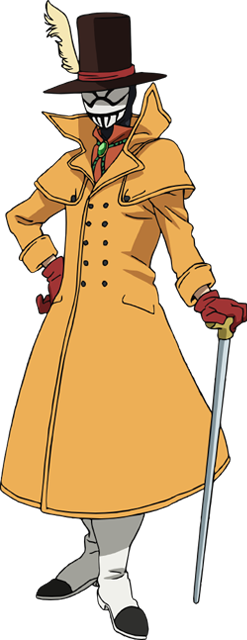

ShortPixel Image Optimizer – resizes and compresses your images automatically.ShortPixel is a popular freemium option that’s active on over 200,000 sites.Īs of a recent release, ShortPixel actually comes in two versions: If I don’t mention the image quality, you can assume that there’s little difference in quality ( to the naked eye, at least). I will also note when the compression level caused a noticeable change in image quality. I will delete the EXIF data, when the plugin offers that feature.

I think this is the fairest way to do things, as each plugin handles things differently. I will use the max lossy compression and lossless compression (two tests).No resizing the image dimensions – only compression.To test the performance of these image optimization plugins, I’ll upload and compress the same JPEG and PNG images with each plugin. Let’s get optimizing… How I’ll Test These Plugins
#PNG COMPRESSOR CUSTOMIZE FREE#
What’s more, all of these plugins also offer at least some form of free plan, though some are more generous than others.
#PNG COMPRESSOR CUSTOMIZE FULL#
Want to read more answers from other tech-savvy Stack Exchange users? Check out the full discussion thread here.Looking for the best WordPress image optimization plugin to speed up your site?Īccording to the HTTP Archive, images comprise about 50% of the file size of an average web page, so finding a way to shrink that can make a positive impact on your site’s page load times.Īn image compression plugin offers an easy way to fix that because you can continue to upload images like normal, while having the plugin automatically optimize them in the background. Have something to add to the explanation? Sound off in the comments. not as much decrease in size compared to the increase in time it takes when going up to the highest compression levels, but it is up to you. Typically you get diminishing returns, i.e. With lower compression, you get a bigger file, but it takes less time to produce, whereas with higher compression, you get a smaller file that takes longer to produce. Think of it as quality of compression or level of compression. GIMP is most likely not using the best choice of wording in this case. Since both hashes are the same, you can be assured that the decoded outputs (the uncompressed raw files) are exactly the same. A quick, sloppy test showed that 100 (the highest compression level) took roughly three times longer to encode and five times longer to decode than 0 (the lowest compression level) in this example.By default, ffmpeg will use -compression_level 100 for PNG output.

You can compare the MD5 hashes of the decoded outputs with ffmpeg using the MD5 muxer. To overly generalize, even non-image formats such as FLAC have similar concepts.ĭifferent Compression Levels, Same Decoded OutputĪlthough the file sizes are different due the the different compression levels, the actual decoded output will be identical. The compression level is a trade-off between file size and encoding/decoding speed. SuperUser contributors LordNeckbeard and jjlin have the answer for us. Is there a difference in the quality of the image depending on the compression level you choose? The Answer


 0 kommentar(er)
0 kommentar(er)
